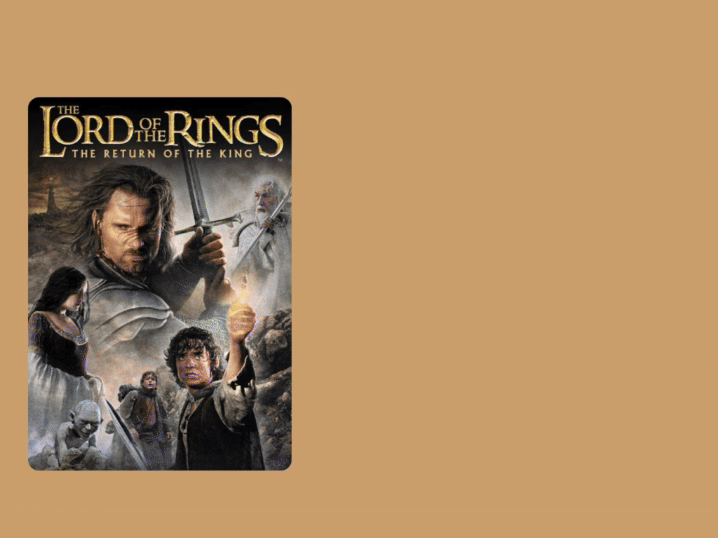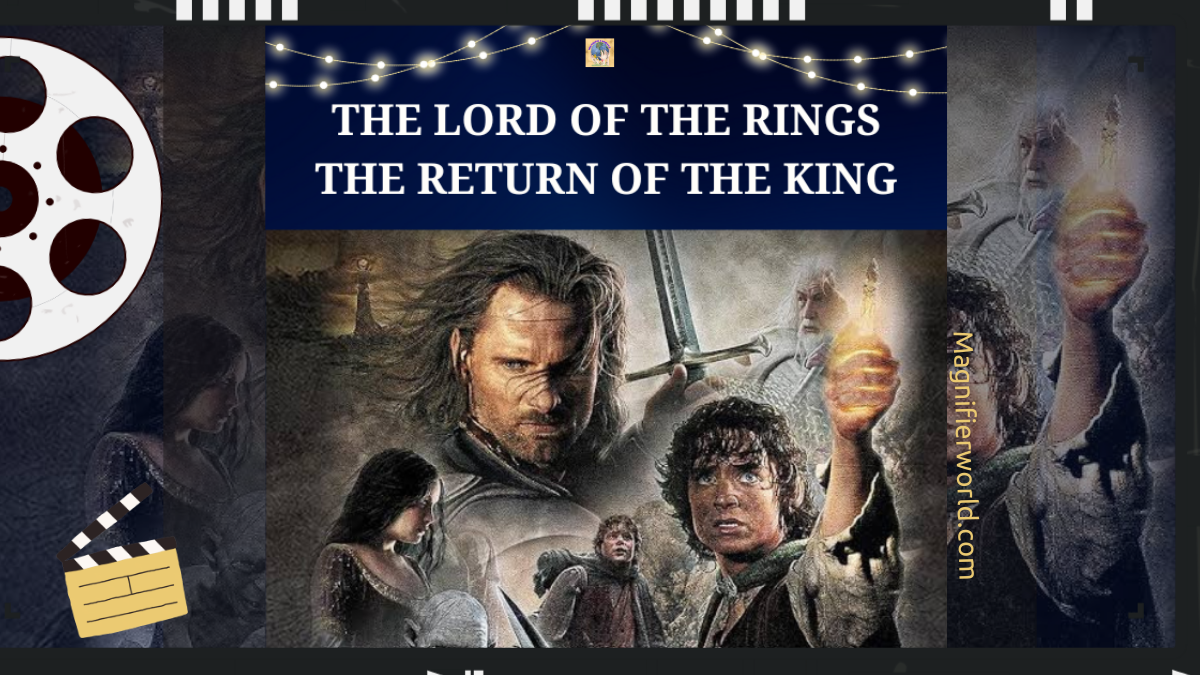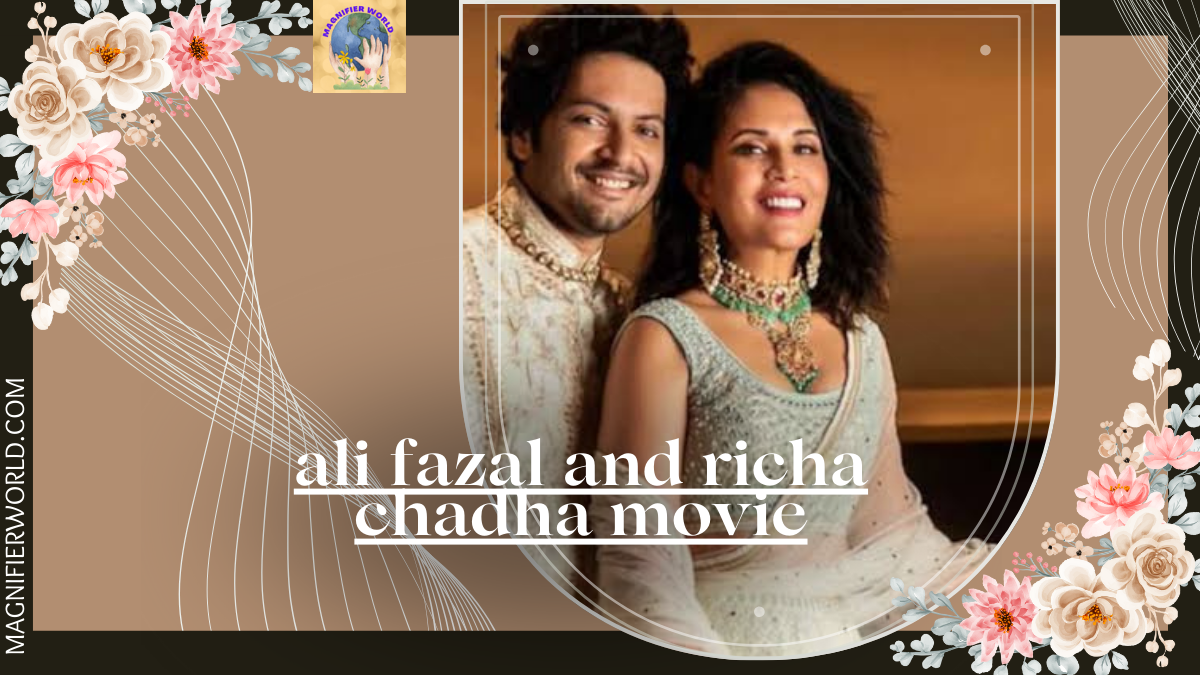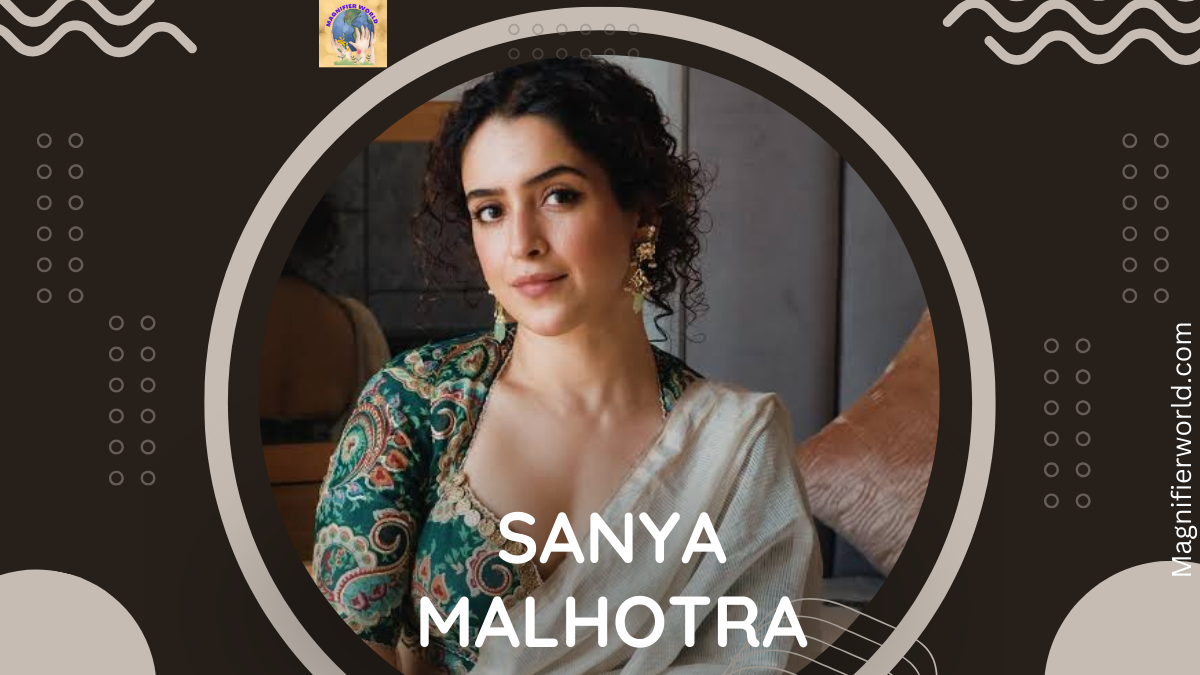Introduction
The Lord of the Rings: The Return of the King (2003 – epic available to watch in high quality ) The Return of the King Peter Jackson finally brought his iconic series to a close, captivating audiences across the globe. The movie, which is adapted from the highly regarded book of J.R.R. Tolkien, enjoyed stunning popularity. The film was a critical smash success and ended up winning 11 Academy Awards, only three fewer than the record set by Ben-Hur in 1959. Return of the King was an epilogue four hours long for a 9 to 13 hour story, but it offered something that had not been seen in fantasy epic filmmaking. It wowed audiences with its breathtaking visuals, excellent character progression and powerful emotional gravitas. Majorly most of us remember the film for its epic battle scenes and visual spectacle that individually set it apart from any other movie.
The film is known for the depiction of these timeless motives such as sacrifice, friendship and courage. Each of these themes are intricately woven into both the storyline and characters, creating a lush tapestry that is reflective of Tolkien’s writing. Those themes are timeless, and the same kind of struggle we see in Lord of the Rings continue to “tug at our hearts” today. This enduring appeal attests to the fact that this is more than just a fantasy series.But an epic saga about what it means to be human. It is an epic narrative of what it really means to make the strong currents in history and try for a brighter tomorrow. And that’s not to mention the film is so much more than just pure fantasy. It also stands as a moving and inspirational parable about overcoming obstacles in service of some greater cause.
Plot Overview
● The Return of the King
It follows Frodo Baggins as he sets out on his treacherous trek to destroy the One Ring. Poor Samwise Gamgee trails behind him, fanatically supportive. The film offers a glimpse into the paradoxical battles waged across vast plains of Middle-earth. Alliances are tested, and hope seems all but extinguished.
● The Two Towers fans know where we left off:
- Now, Frodo and Sam must head further into the dark lands of Mordor to destroy it in the fires where it was made.
- As Gandalf, Aragorn, Legolas and Gimli rally the armies of Gondor and Rohan for this last great confrontation with Sauron’s new army.
- Minas Tirith, the capital of Gondor: Steward Denethor succumbs to madness and despair under siege.
The movie ties all of these strings together with brilliance, ending them in the closure that is emotional and rewarding.
The Pain and the Journey of Frodo
Amidst all the battles and epicness of the film, little attention seems to be given to Frodo. From the tranquility of the Shire to the molten fires beneath Mount Doom. His path is at least as much an inner one — a moral canon over physical miles.
Too much of a ring bearer to be ridden.Frodo makes it only as far as Mount Doom before suffering terribly from the possession. Its corruption weighs heavily on his soul; Little hobbit, once innocent— no more. The immense power of the Ring eludes his capacity for making rational choices.
He is the idea that everyone has evil in them and even Frodo, its symbol. It is the same temptation we all have to sell out or give in to despair. He reminds us that ‘‘courage isn’t always about physical strength. But rather having the willpower to persist when every cell in your body tells you ‘you can’t do this anymore.’’

Sam’s Loyalty and Bravery
As much as Frodo is the one to bear Lord of the Rings’ ultimate burden, Samwise Gamgee carries a lot along for that journey. What with being frequently dubbed unsung hero in all three films — and The Return of the King hammers. Him home so beloved canonically comprehensive character this way comes.
And throughout their journey Sam’s loyalty to Frodo doesn’t waiver. He suffers from hunger, fatigue and betrayal (thanks to Gollum’s ruse) but he does not leave his companion behind. The moment that defines Sam occurs when Frodo falls on the slopes of Mount Doom, unable to continue. This is emotional as all hell, “I can’t carry it for you but I can carry YOU!”. moment of pure bloody peer love and emotion. As a result, ends up literally carrying Frodo the rest of the way to the mountain.
Seen through his eyes, readers understand how friendship and loyalty are rare in such a brutal time. It demonstrates the very nature of what a single true friend’s support may help. In matters even against all odd circumstances.
Heroism and Sacrifice
● Aragorn’s Transformation
The arc of Aragorn in the trilogy is a story about growing as an individual and leader. At first, he is reluctant to accept his fate as the future king of Gondor. But “The Return of the King” shows Aragorn as a true man amongst men.
Indeed, when Aragorn leads a siege on the Black Gate of Mordor knowing full well it is likely suicide. He demonstrates his tremendous willingness to put others above himself. There is a scene in the film where he addresses his soldiers before going into battle. This is one of the most memorable moments:
‘‘Hold your ground! Hold your ground! The Eagles of the Misty Mountains, your brothers. I typed this:. ‘There may come a day when the courage of men fails, when we break all bonds of fellowship and forsake our friends. This day we will fight!”
Aragorn’s leadership embodies the notion that obtaining power is not what makes a king truly. It is about sacrifice, bravery and the ultimate redemption of a warrior who would give all he has for his people.
Minas Tirith: Gandalf and Pippin
● The Siege of Minas Tirith:
The siege on the city gives us one of those rare examples where Return Of The King’s impressive visuals. All fall into line in a sequence that not only looks great, but is also utterly absorbing emotionally. Gandalf and Pippin also make themselves useful in fortifying the city against Sauron’s forces.
And on the other hand, Gandalf’s sagely wisdom and experience, especially in the face of the hopeless situation depicted above, and Bumbling Pippin’s unexpected jams of courage. Pippin, who was initially presented as a somewhat bumbling, comedic relief character, ends up taking, literally, the one ring to safety. Saved Faramir from being burned alive by his deranged father Denethor, and displays unexpected courage in the subsequent war.
The constant interplay between the wise old wizard and the seemingly useless, small hobbit serves to emphasize the theme that even the tiniest individuals have an effect on the world around them. The battles: a cinematographic marvel. The siege of Minas Tirith. Minas Tirith, the climax, is one of the most well-crafted battles in cinematic history.
The white city is under siege. Trolls are battering down the gates. Oliphaunts are stomping across the plains. The skies have darkened from Sauron’s shadow, and the terrifying Witch-king of Angmar and his forces are descending upon the city. But then, answering the signal fire, Théoden came. And one of the battle’s high points is the arrival, or rather the charge of Théoden. As Rohanne riders spread on the battlefield the scene symbolizes the resilience of man in the face of longer odds.
Ultimately, the Battle of the Pelennor Field will shatter: the forces of man and elves will defeat Sauron’s vast army. But King Théoden of Rohan falls in battle, and Minas Tirith will be left in ruins, in a palpable. Reminder of the horrors of war.
The Black Gate
The tale culminates at the Black Gate of Mordor, depicting after The Battle of Pelennor Fields. Despite being one of the smaller battles that they’ve engaged in so far, this battle still packs an emotional punch. Aragorn, Gandalf, Legolas and Gimli as well as the last leaders of Gondor and Rohan march to the black gates of Mordor knowing that it is a trap.
The scene is a false flag that operates as an ironic distraction so Frodo and Sam can get to Mt. Doom. — fighting fire with more fire than anyone was ready for or could expect, let alone predict (still farther from A-to-B). Characters like Aragorn who decide to go and duel it out with Sauron head to head. Prove the theme of sacrifice that runs deep within this film. Theirs is the true sacrifice to save and that what truly defines a hero.
Symbolism and Imagery
Throughout Tolkien’s work, symbolism runs deep and Peter Jackson translated this during the screen adaptation of “The Return of the King.” The most iconic one is The White Tree of Gondor. The tree represents Gondor’s vitality and determination, it stands tall even in the darkest of days. After Aragorn is crowned king and Middle-earth enjoys an era of peace again. The tree flowers once more, now a sign for hope and growth.
An additional incredibly essential symbol is the Ring itself. The allure of the One Ring is absolute power. The impact it has is most visibly demonstrated in Frodo’s internal battle, but also on Gollum,Boromir and even affects Aragorn. The end of the film where all Dark Lords form forever, strong on this as symbolized by its metaphorical power only for good to triumph over evil.
The journey to Mount Doom is also a metaphor. The jaw-dropping ascent up the raging, fiery mountain by Frodo and Sam is an outward reflection of their internal war between good and evil — hope versus despair. Mordor is a barren hostile land where the journey for Frodo and Sam has taken both an emotional and physical toll. Against this impossible challenge, they do all the same, war personified resiliently through them.
Book vs Movie
Peter Jackson’s The Return of the King returns very closely to Tolkien but it had a few key changes. Notable by its absence from the film adaptation is The Scouring of Shire, in which after their long journey home they hobbits see how Saruman has turned their once-idyllic homeland into a desolate place. Jackson decided to outright remove this from the story. Instead he concludes his film on a more upbeat tone with no effect of war touching Shire.
Sure, some purists will be kicking and screaming because this chapter no longer exists on screen, but frankly it makes sense in the film. It is difficult to believe this journey has a resolution “insight” built into it after what we have witnessed, the pain and emotional experience of putting your deepest fear upon a 20-stage horror slide. With Frodo, Sam and Merry & Pippin all going back to life as they knew it but forever changed by their experiences with the knowledge that there was still a way of peace.
Arwen is more expanded than the books too, but that just gives her a little bit of agency and some connection to Aragorn. This change is what gives the film more of a love story tinge than it was ever given in its source material, and — done to better effect within this medium.
Legacy and Cultural Impact
Return of the King is perhaps best known for its 2004 Oscar sweep.Winning all eleven categories in which it was nominated including Best Picture and Best Director. This not only recognized the film for its technical excellence but also how it resonated with global audiences.
Though the awards were only part of its legacy, as “The Return King” left an overall impression on popular culture. It opened up Tolkien’s world to a younger audience and accorded the fantasy genre greater respect as an art form. That the film would explore themes of heroism, sacrifice and friendship has had a lasting resonance with audiences to this day.
Beyond that, The Lord of the Rings served as a launch pad for other epic fantasy adaptations like Game of Thrones andThe Witcher. It showed that people wanted both character driven stories. They also must have to be set in the backdrop of a fantastical world. This could lead with complexity; and these stories were actually appreciated by the audiences.
Conclusion
The Return of the King is not just a movie — but an adventure. Through its expert storytelling, stunning visuals and incredibly engaging character arcs it really does capture exactly why Tolkien’s work is so timeless. At its heart, it is a tale of friendship and hope — really marinate on the power those two words contain.
In a time when most blockbusters are all about spectacle and very little character. Return of the King is pretty much the gold standard in terms of delivering both. The set is a movie which asks for viewers suspended in disbelief, places faith in something bigger than ourselves— any shred of hope especially within the darkest time draws the audience back to challenge every enjoyable moment, all again good would win over evil.
Die-hard Tolkien Sites and Middle-earth rookies will find something to like in Return of the King. It is a testament to the truth that stories shape us, and evidence too for hope even in dark times.
Movieclips





